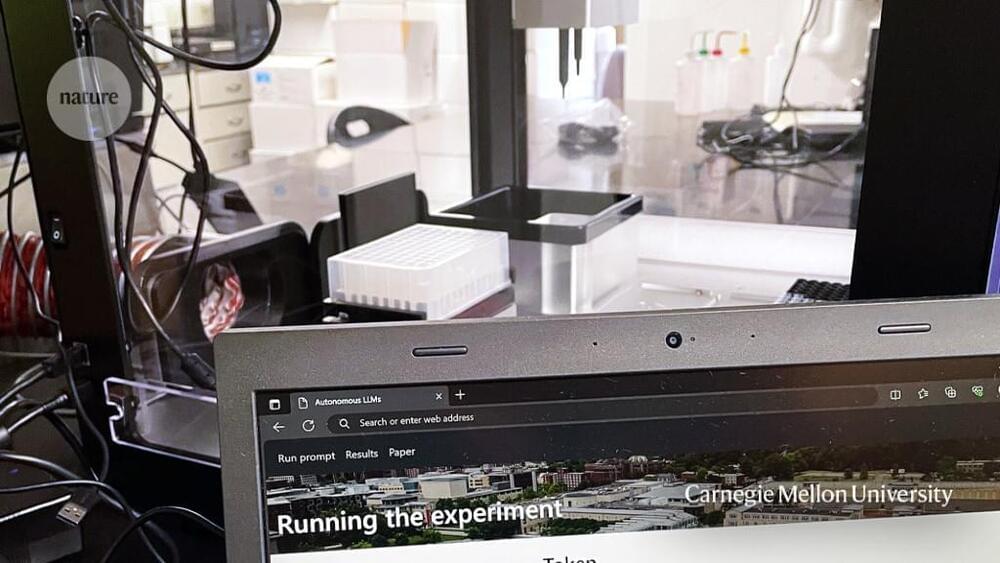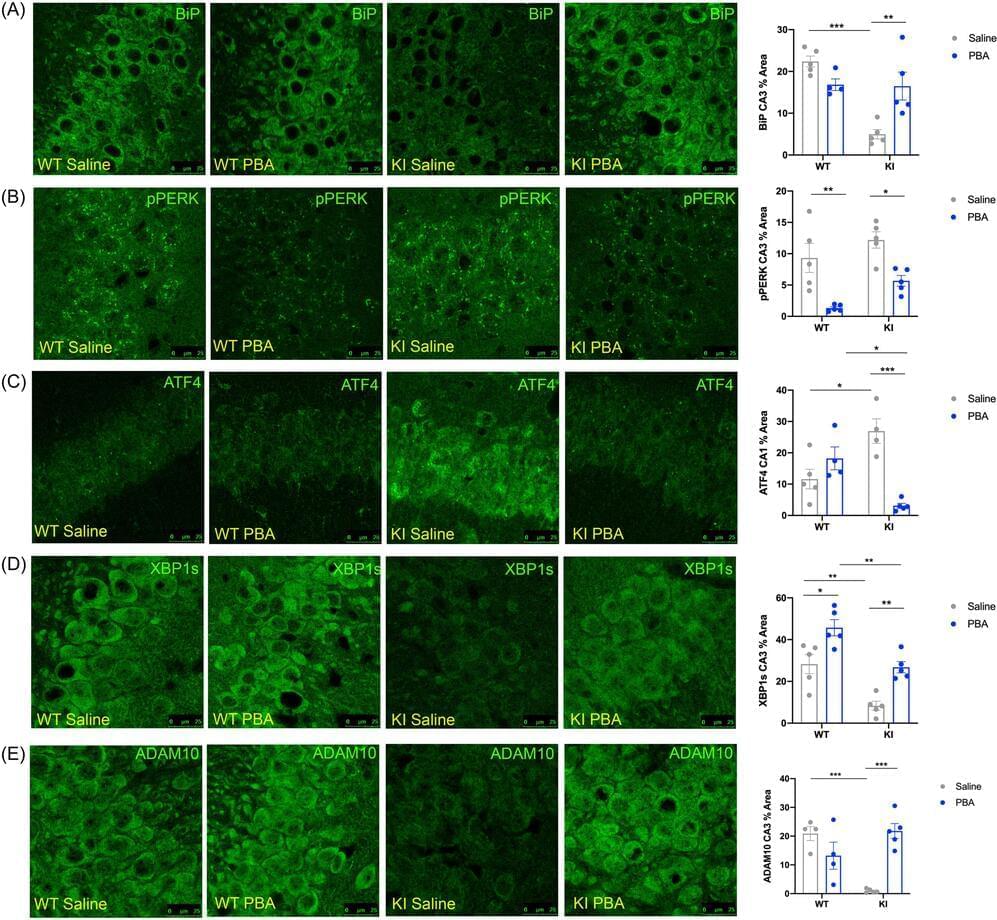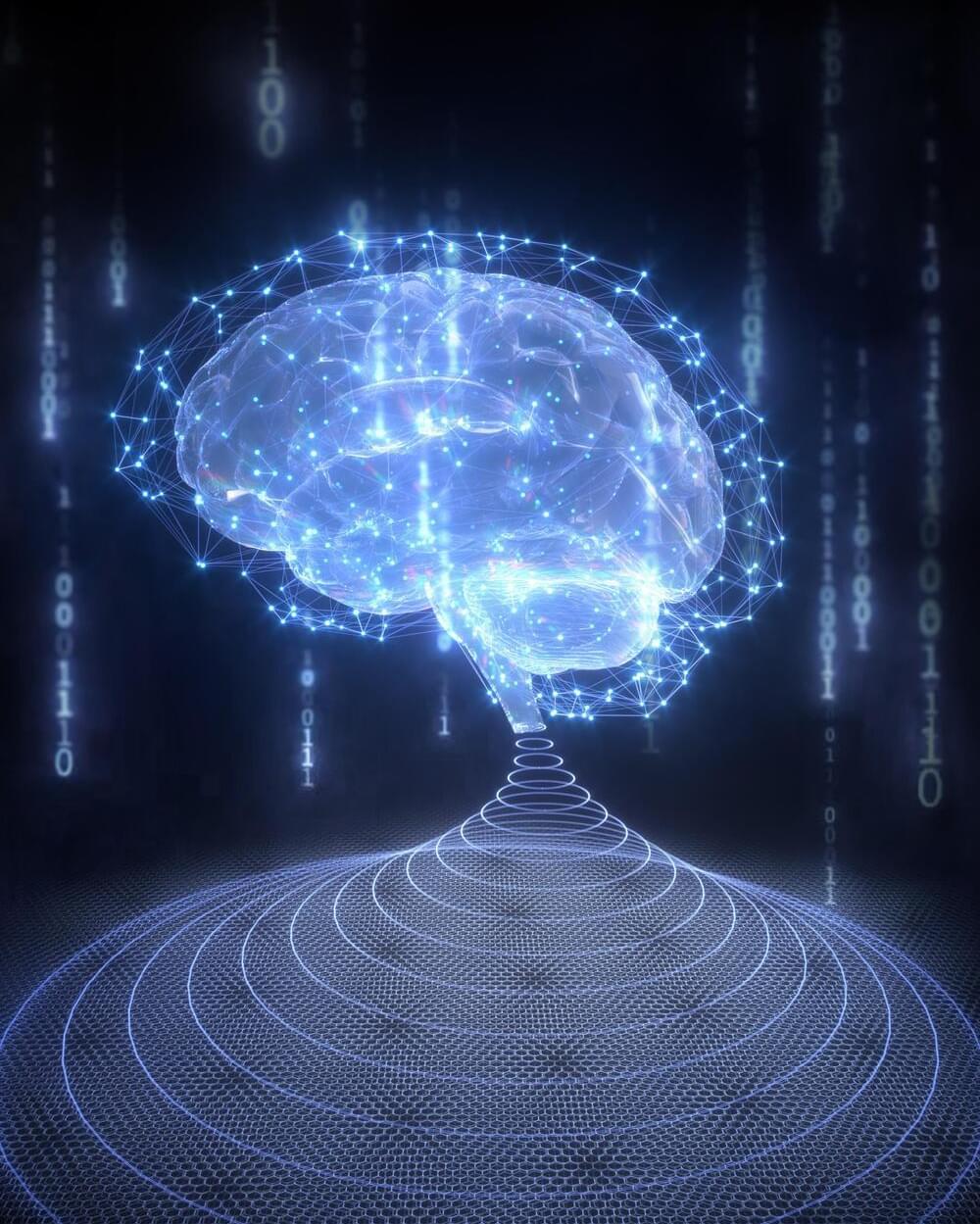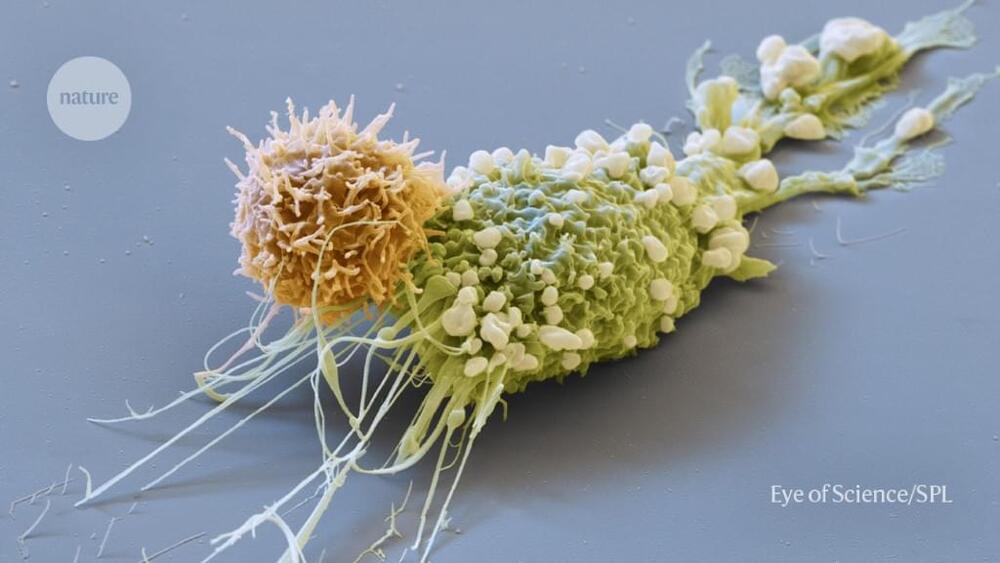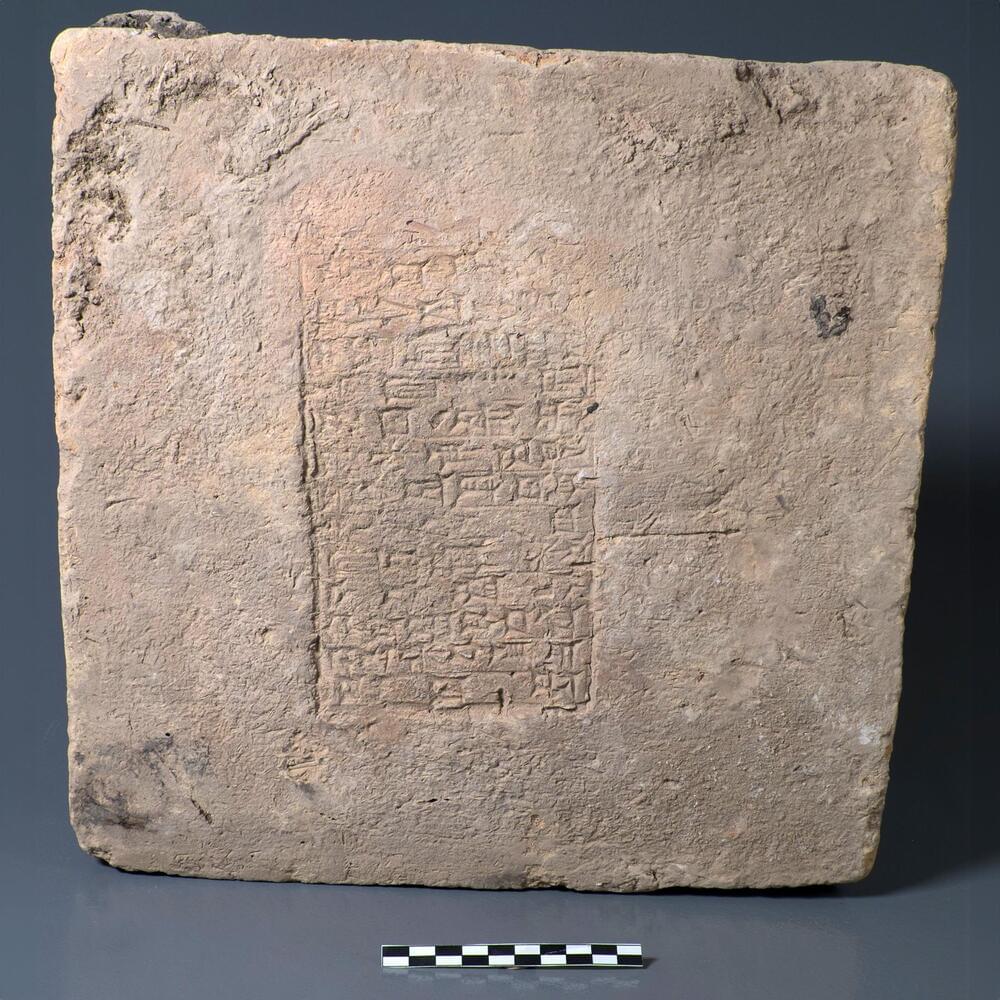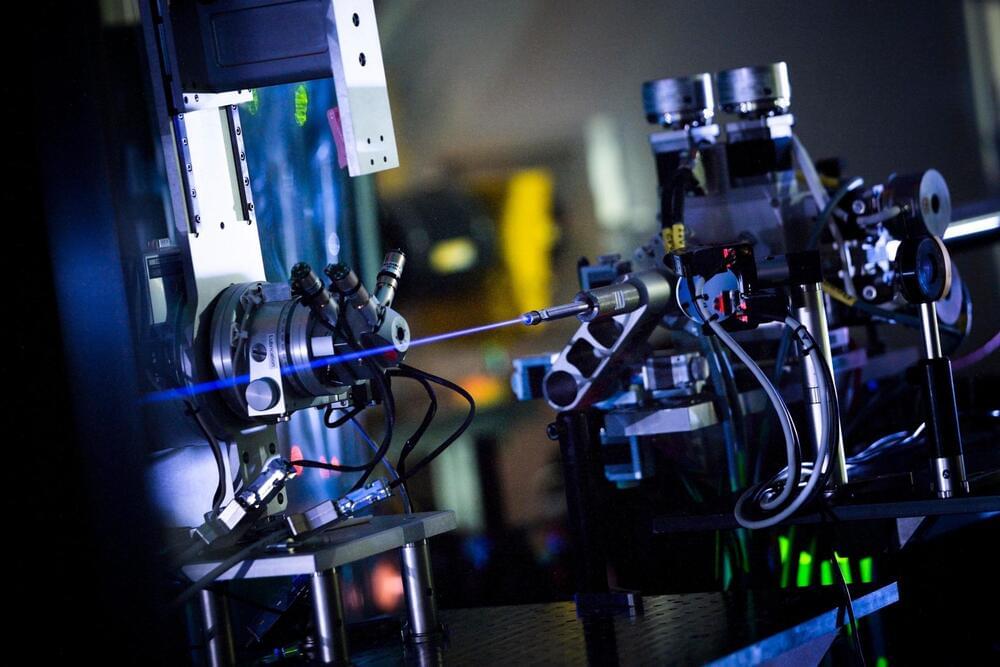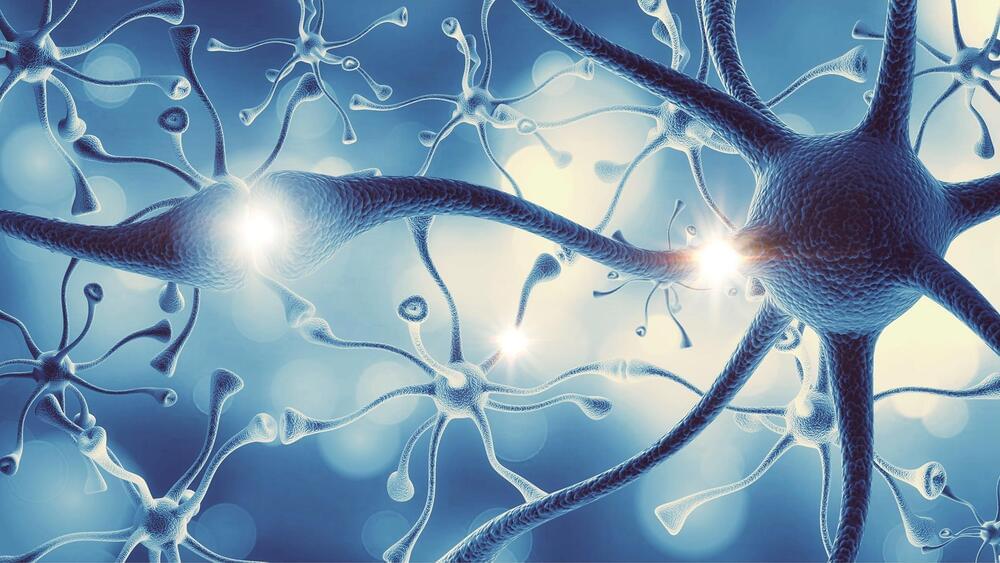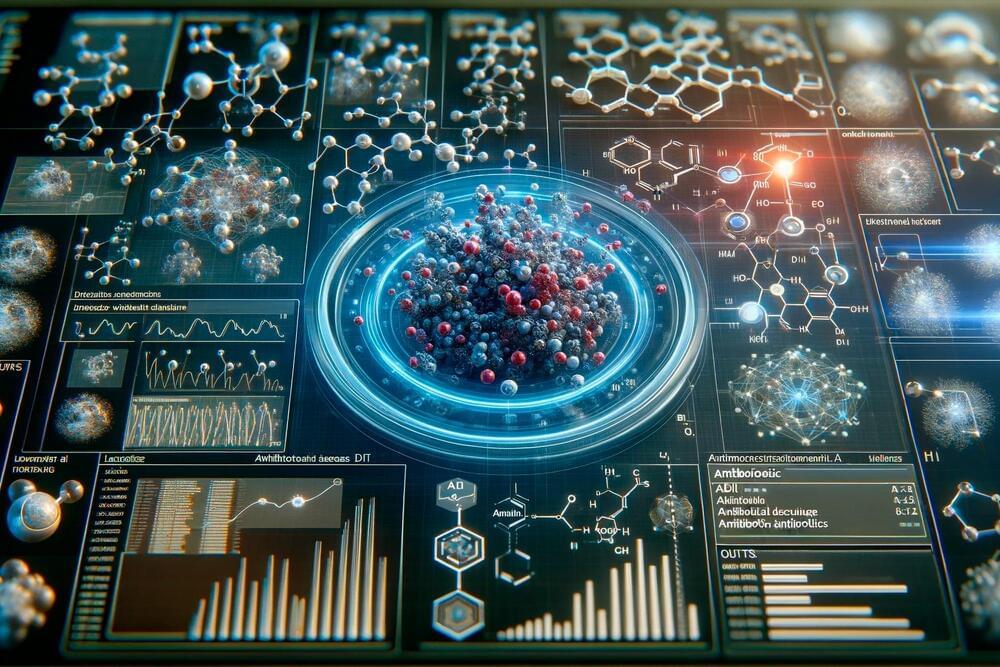
Researchers at MIT, the Broad Institute of MIT and Harvard, Integrated Biosciences, the Wyss Institute for Biologically Inspired Engineering, and the Leibniz Institute of Polymer Research have identified a new structural class of antibiotics.
Scientists have discovered one of the first new classes of antibiotics identified in the past 60 years, and the first discovered leveraging an AI-powered platform built around explainable deep learning.
Published in Nature today, December 20, the peer-reviewed paper, entitled “Discovery of a structural class of antibiotics with explainable deep learning,” was co-authored by a team of 21 researchers, led by Felix Wong, Ph.D., co-founder of Integrated Biosciences, and James J. Collins, Ph.D., Termeer Professor of Medical Engineering and Science at MIT and founding chair of the Integrated Biosciences Scientific Advisory Board.
